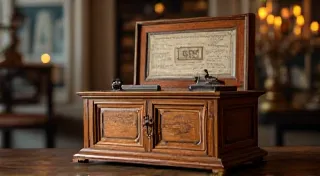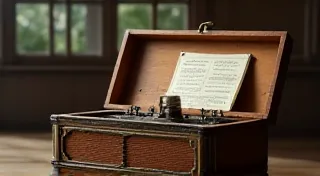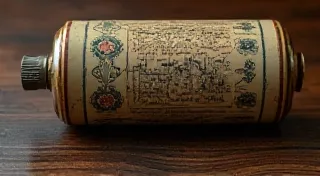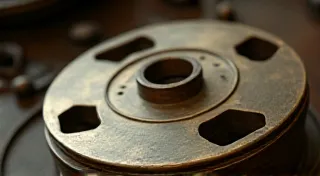The Clockwork Echo: Unearthing Narrative Threads Within Antique Musical Boxes
There’s a particular magic to the sound of a vintage musical box. It’s not merely a melody; it’s a whisper from the past, a fragile echo of lives lived and stories untold. These intricate creations, far more than elegant trinkets, are often silent witnesses to history, repositories of embodied memory, and brimming with symbolic resonance. They offer a unique window into previous eras, allowing us to connect with the human spirit across the gulf of time. And for those of us drawn to restoring them, it’s a privilege to breathe life back into these forgotten treasures, unveiling not only their mechanical beauty but also the potential narratives they hold.
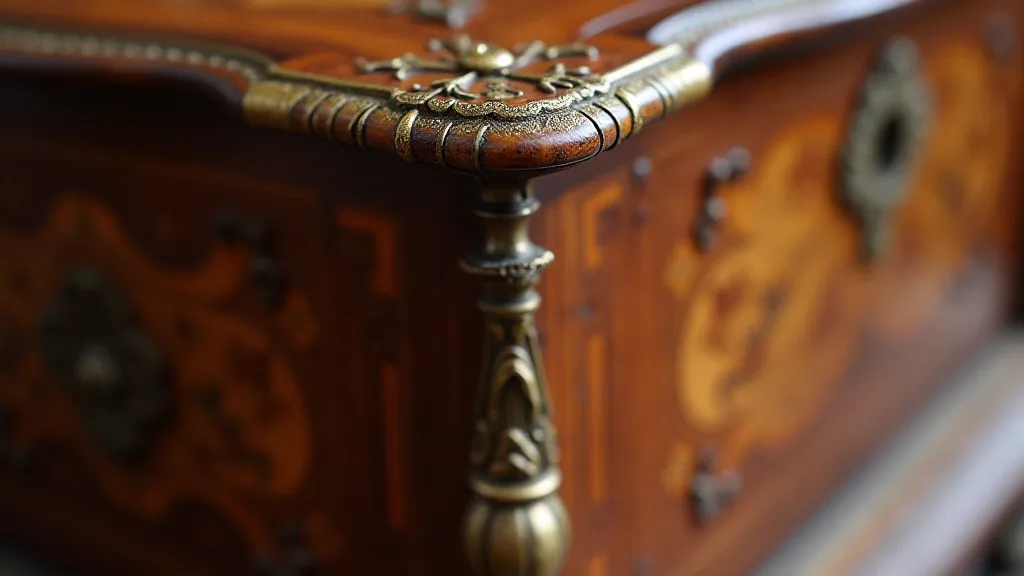
A History Carved in Gears and Pins
The lineage of the musical box is fascinating. Early precursors existed in the 15th century, but the true ancestor of the cylinder musical box we recognize today emerged in the early 1800s in Switzerland and Austria. Innovations by Antoine-Léonard Baumgartner in Geneva significantly refined the technology, leading to the “Geneva-style” musical box that became synonymous with quality and luxury. These weren't toys; they were gifts for the aristocracy, expressions of love and status, often commissioned with personalized tunes.
The Victorian era saw a boom in popularity. Musical boxes were readily available in a wider range of prices and designs, becoming staples in parlors, nurseries, and boudoirs. The rise of mass production brought affordability to the middle class, and intricate decoration, often featuring hand-painted scenes and elaborate inlays, became increasingly common. American manufacturers also entered the market, adapting European designs and incorporating distinctly American motifs.
My own fascination began with a small, unassuming rosewood box I found at an antique shop years ago. It was clearly neglected, the mechanism seized, the paint chipped. The tune, barely audible, was a haunting waltz. Holding it, I felt a profound sense of connection to the previous owner – a nameless soul whose life had been accompanied by that same music. The urge to repair it wasn’t just about restoring a mechanical object; it was about honoring that silent connection. The complexity of these mechanisms, and the challenges in bringing them back to life, can be significant, and sometimes even a seemingly small issue, like a stuck cylinder, can halt the entire process. Before undertaking a restoration, many owners wonder about lubricating your vintage music box, choosing the right oils to ensure smooth operation and longevity. It’s a testament to the precision required in their original creation.
More Than Mechanics: Unearthing Implicit Stories
Restoring a musical box is a journey of discovery. It's not solely about lubricating gears or replacing pins. It's about understanding the context in which it was created and used. A careful examination can reveal surprising clues about its history. The process often requires significant expertise, particularly when dealing with particularly intricate or delicate mechanisms.
The choice of tune is surprisingly telling. Was it a popular waltz? A sentimental ballad? A patriotic hymn? Each selection carries a particular cultural and emotional weight. The level of ornamentation provides further insight. A simple, undecorated box might have belonged to a child or a more modest household. An elaborately painted scene might depict a romantic rendezvous, a family celebration, or a pastoral landscape – all offering a glimpse into the owner’s tastes and aspirations. Determining the value of these boxes, and understanding the factors that influence their price, can also be a worthwhile endeavor for both collectors and restorers.
I once restored a musical box adorned with a miniature portrait of a young man in a military uniform. The tune was a melancholic lament. The engraving on the interior lid read, "To Eliza, Forever Yours, Thomas." It sparked a compelling story in my mind – a soldier sending a heartfelt message to his beloved, likely separated by war. It's a narrative I'm not sure is entirely accurate, but it’s the kind of evocative power these objects possess. They ignite the imagination. Common problems arise with these delicate machines – wear and tear over decades, sometimes even centuries – and addressing these issues is crucial to proper restoration. Beyond the obvious mechanical concerns, understanding the best approach to value of vintage music boxes and the elements affecting their pricing is paramount for both restorers and enthusiasts.
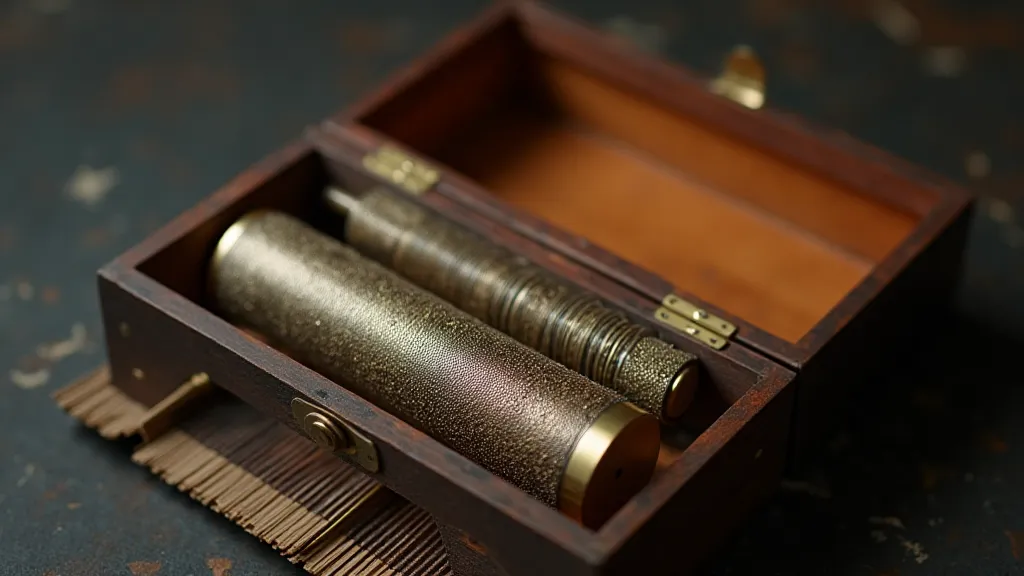
The Hands of the Craftsmen: A Legacy of Skill
The craftsmanship involved in creating these antique musical boxes is astonishing. The precision required to manufacture the cylinder, the comb, and the intricate gears is a testament to the skill of the artisans. The pin placement on the cylinder, for instance, is an exercise in miniature engineering; each pin meticulously positioned to create the desired notes. The quality of the materials – the rosewood, the mahogany, the brass, the steel – further elevates the objects to works of art. The dedication to detail, and the artistry evident in every component, are a poignant reminder of a bygone era of meticulous craftsmanship.
Even the simplest musical boxes showcase a level of detail rarely seen in modern manufacturing. Mass production has its place, but it rarely achieves the same level of artistry and attention to detail. Restoring these boxes isn’t just about fixing them; it’s about preserving a legacy of craftsmanship and appreciating the human touch that went into their creation. It’s more than just mechanics; it’s about understanding the soul of the craft. This often means careful consideration of the original construction techniques and a commitment to preserving the box's integrity for generations to come.
Collecting & Preservation: A Responsible Pursuit
For those drawn to collecting antique musical boxes, a thoughtful and responsible approach is essential. Understanding the history, the manufacturing techniques, and the market value is crucial. Focusing on preservation rather than purely speculative investment is the most rewarding path. Supporting reputable restorers who prioritize authentic repair methods is vital to safeguarding these precious artifacts. It's a pursuit that requires knowledge and respect for these historical treasures. A deep dive into the value of vintage music boxes helps collectors make informed decisions, balancing passion with responsible investment.
My own restorations are carefully documented, using only historically appropriate materials and techniques. I rarely, if ever, replace original parts. The imperfections, the wear, the patina – these are all part of the object’s history, its story. To erase them would be to diminish its soul. It’s a delicate process of bringing them back to life while honoring their past. This philosophy extends beyond the mechanical aspects; it’s about respecting the box's narrative and preserving its authenticity.
The Allure of a Clockwork Echo: Deeper Insights and Preservation
The story of the musical box isn't just about intricate gears and melodies; it’s a window into the cultural and social landscape of eras gone by. Consider the evolution of music itself – the transition from live orchestras and soloists to the increasingly miniaturized and automated experiences offered by these charming devices. The rise of the middle class in the Victorian era, the burgeoning desire for luxury goods and personalized gifts, all contributed to the popularity and diversification of musical box designs. The choices made by the original owners - the tunes they selected, the scenes they commissioned, the materials they chose – provide invaluable clues about their lives, their aspirations, and their place in society.
Furthermore, the art of restoration requires a level of empathy and understanding that goes far beyond mere technical skill. It's about connecting with the past, appreciating the craftsmanship, and respecting the object's history. A truly skilled restorer is not merely fixing a broken machine; they are preserving a piece of history, ensuring that future generations can experience the magic and beauty of these enchanting creations. The long-term preservation often involves understanding the nature of the materials used, anticipating future degradation, and implementing preventative measures to safeguard their condition.
Beyond the Music: The Emotional Connection
Perhaps the most profound aspect of owning or restoring a vintage musical box is the emotional connection it fosters. These objects are more than just mechanical devices; they are vessels of memory, conduits to the past, and symbols of human ingenuity and creativity. Listening to the music they produce can evoke a sense of nostalgia, wonder, and even melancholy. The melodies resonate not just with the ear but with the soul, transporting us to another time and place, reminding us of the enduring power of human connection.
Imagine the countless lives these musical boxes have touched, the moments of joy, sorrow, and celebration they have witnessed. They have been treasured possessions, cherished gifts, and silent companions, providing comfort, solace, and entertainment to generations of families. Restoring one of these treasures is not just about fixing a broken machine; it’s about honoring that legacy, ensuring that the music continues to play for years to come. The stories they hold are often unspoken, but they are palpable in the subtle details - the worn edges, the faded paint, the lingering scent of time.
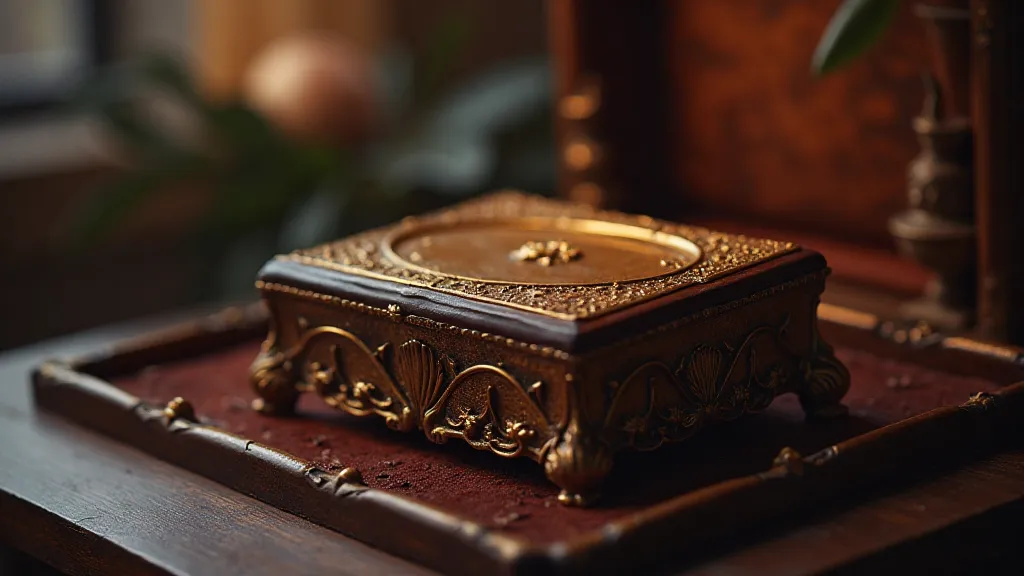
Ultimately, the true value of a vintage musical box lies not in its monetary worth, but in its ability to transport us to another time, to evoke a sense of wonder and nostalgia, and to remind us of the enduring power of human creativity and emotion. Listening to that familiar tune, I am reminded that it’s not just music we’s hearing; it’s a clockwork echo of lives lived, memories cherished, and stories waiting to be unearthed. The enduring appeal of these objects lies in their ability to tell a story, often silently, yet powerfully, across generations.
